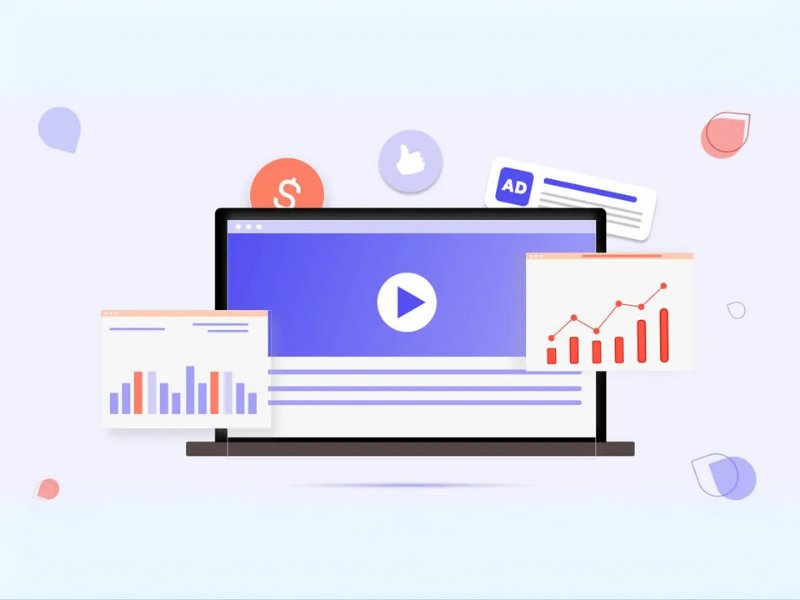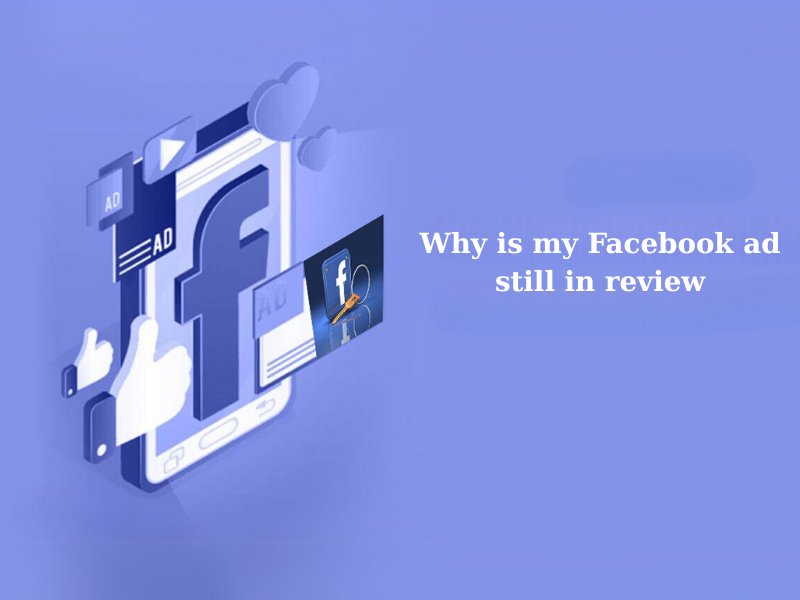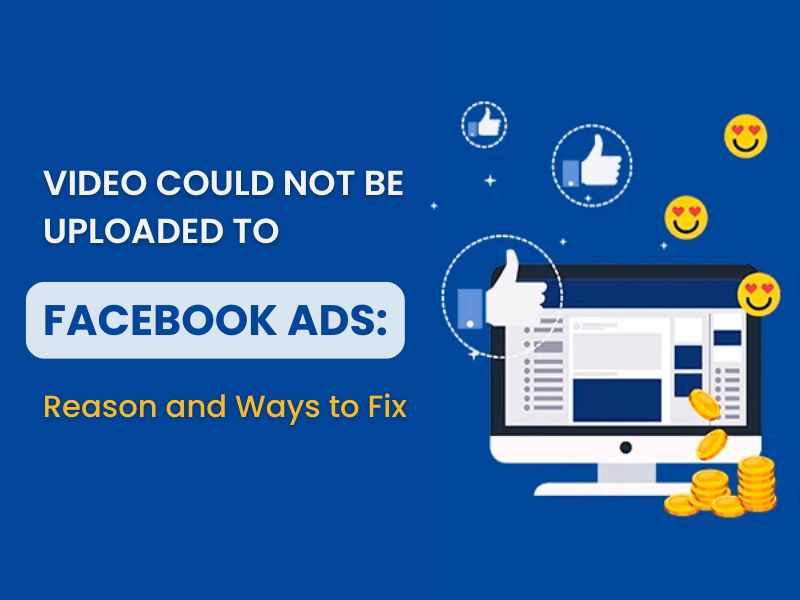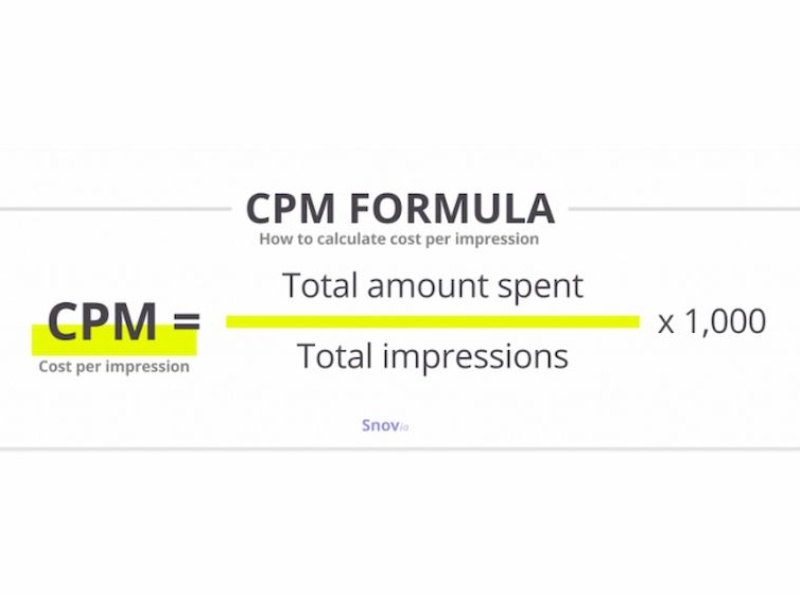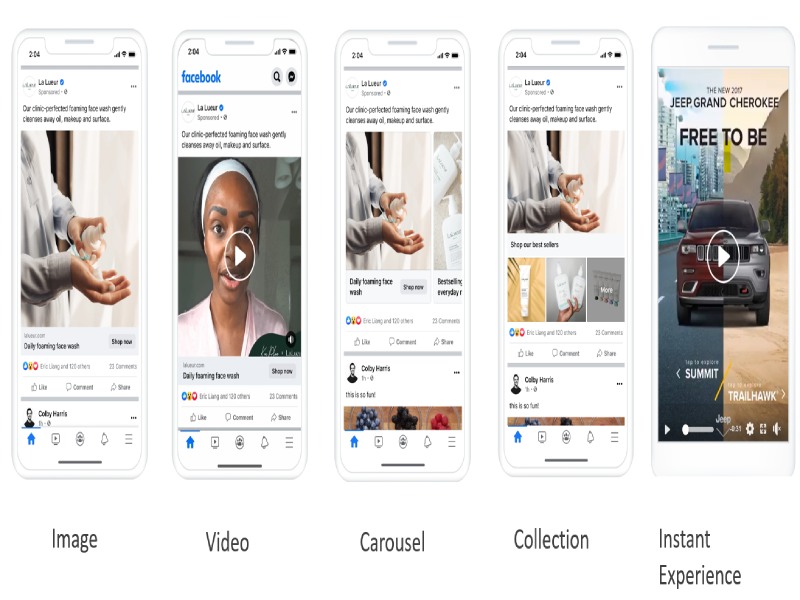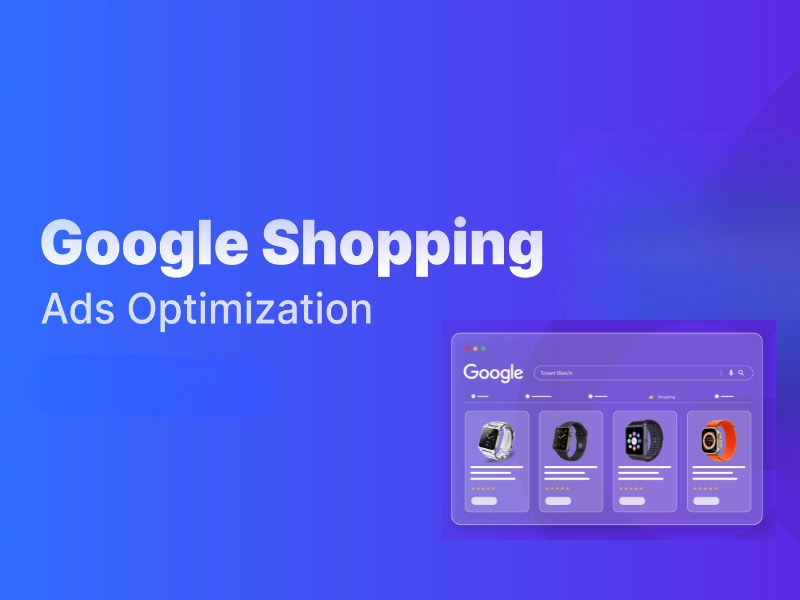CTR (Click-Through Rate) reflects the percentage of users who interact with an ad (by clicking) compared to the number of times the ad is displayed. There are two main types of CTR: CTR All (which includes all clicks on any components of the ad) and CTR Link Click (which only counts clicks on the link in the ad).
A high CTR indicates that your ad content is appealing and relevant to your target audience. But what is considered a “good” CTR? If you’re wondering what is a good CTR for Facebook Ads, generally, the higher the CTR, the more successful your advertising campaign. However, not all marketing models can achieve an ideal click-through rate. In the following article, NEMI Ads will share details about the average CTR by industry and how to optimize this metric.
A good CTR for Facebook Ads
This question can be tricky, as the answer depends on several factors. However, if you’re wondering “what is a good CTR for Facebook ads” it generally means your Facebook Ad CTR should be higher than your average industry’s CTR (check average CTR by Industry above).
For instance, if your company operates in the Finance & Insurance sector and your Facebook CTR is 0.85%, this is lower than the overall Facebook CTR average of all industries (0.9%) but higher than the average CTR for your industry (0.56%). Therefore, we can say that your CTR is a good click-through rate for Facebook ads.
Average CTR rate by industry
According to the 2024 Facebook Ads Benchmarks report by WordStream, the average CTR for Facebook ads ranges from 0.85% to 2.59%. Here’s a detailed breakdown of the average CTR across notable industries:
| Industry | Average CTR |
| Pets | 1.87% |
| Fashion and Jewelry | 1.14% |
| Arts and Entertainment | 2.59% |
| Auto Repair and Parts | 1.10% |
| Beauty and Personal Care | 1.51% |
| Business Services | 1.16% |
| Education | 1.21% |
| Health and Fitness | 1.61% |
| Industrial and Commercial | 0.99% |
| Dental Services | 0.88% |
| Finance and Insurance | 0.85% |
| Interior Design | 1.21% |
| Real Estate | 2.60% |
| Restaurants and Food | 2.19% |
| Travel | 2.20% |
Average CTR rate by position
Different ad placements also have varying CTRs:
| Ad Placement | Average CTR |
| Facebook Feed | 0.24% |
| IG Feed | 0.03% |
| IG Stories | 0.10% |
| FB Video Feeds | 0.10% |
| Instream Video | 0.33% |
Average CTR rate by Format Ads
Ad formats also significantly affect CTR. If you’re wondering “what is a good CTR for Facebook ads,” the format you choose plays a big role in determining success.
| Ad Format | Average CTR |
| Native ads | 0.33% – 0.38% |
| Video ads | 0.50% – 0.73% |
| Carousel ads | 0.30% – 0.85% |
7 Easy ways to improve Facebook Ads CTR
CTR (Click-Through Rate) is a crucial metric in advertising campaigns, reflecting the percentage of clicks relative to total impressions. While an average CTR can indicate stable ad performance, improving it is vital for maximizing effectiveness and optimizing budgets. Here are some tips to enhance your CTR:
Target
One of the most significant factors influencing CTR is targeting. For specialized products aimed at a specific group, targeting is key to delivering ads to the right audience.
For example, if you’re selling accessories for a particular smartphone model, target users of that device and operating system in the behavior settings when setting up your ad. This approach helps reach customers who may have a genuine interest and are more likely to click.
Eye-catching thumbnails
Creating attractive and prominent thumbnails is one of the most effective tips to boost CTR on Facebook Ads. The thumbnail serves as a representation of your marketing content. If it’s creative and eye-catching, it can capture users’ attention at first glance, prompting them to click and engage more effectively.
To create engaging thumbnails, keep in mind:
- Use contrasting, vibrant colors.
- Craft concise titles that clearly convey the ad’s main message.
- Utilize high-quality, clear images.
- Adhere to standard dimensions for each ad format.
- Enhance text visibility with shadows and contrast adjustments.
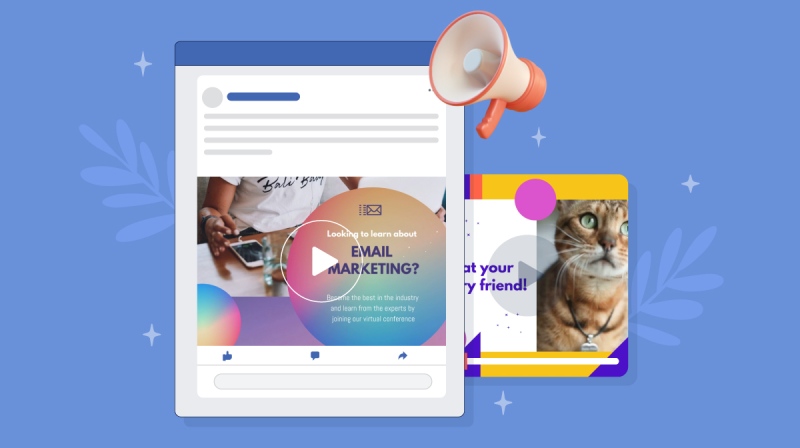
Create an eye-catching first 3 seconds in your video
In a saturated information landscape, capturing customer attention within the first few seconds is crucial. You have only a brief moment to make a strong impression and persuade viewers to stop scrolling and watch. If your ad is dull, users will quickly move on.
To grab viewers’ attention in the first three seconds:
- Zoom in quickly at the start of the video.
- Place a striking subtitle in the middle of the screen that piques curiosity without simply restating the title.
- Use direct language, such as “Have you tried…” or “Check out…,” to create a personal connection.
- Incorporate engaging sound effects or background music.
- Ensure the first three seconds feature unique, interesting, and memorable content.
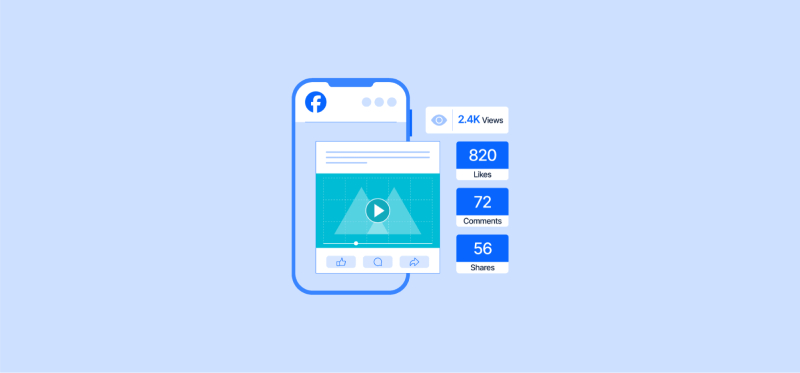
Use short, sweet headlines
In today’s fast-paced environment, consumers are increasingly impatient with lengthy text. Crafting a unique and concise headline is the key to making an impression and retaining customer interest.
“First impressions matter,” so using language cleverly can spark curiosity in readers, encouraging them to seek more information about your services or products. This approach greatly enhances engagement and significantly improves CTR.
To create effective headlines:
- Keep them within 60 to 100 characters.
- Use urgency or FOMO (Fear of Missing Out) techniques, e.g., “Important info about… you shouldn’t miss.”
- Pose questions in the headline, such as “Why should you hire NEMI Ads’ advertising account?”
- Leverage numbers, e.g., “Top 5 reasons to use…”

Use a strong call-to-action (CTA)
Having valuable content is just the beginning. To encourage customer action and optimize CTR, a clear and compelling CTA is essential. Without it or if it’s poorly conveyed, viewers may quickly skip the ad without knowing what to do next.
Here are some effective CTAs to consider:
- Click to sign up.
- Claim your offer now.
- Download immediately.
- Start now.
- Buy now.
- Discover more.
- Join now.
- See details, etc.
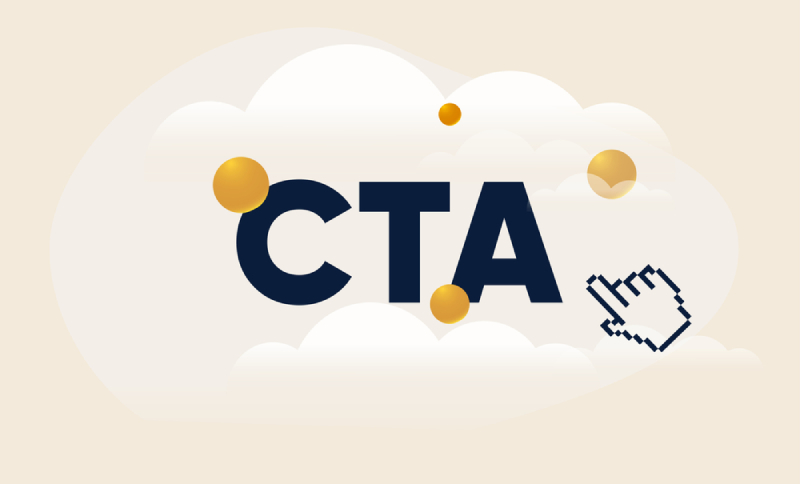
Choose the right ad format and type
Facebook offers a variety of ad formats, each with unique requirements and suitability for different campaign goals. Therefore, selecting the right ad format is crucial to engaging customers, optimizing CTR, and achieving positive results for your business.
Common ad formats on Facebook include:
- Single Image Ads: Suitable for message campaigns, store ads, or driving traffic to a website.
- Dynamic Ads: Optimized for remarketing campaigns based on previous customer activity and preferences.
- Carousel and Collection Ads: Allow viewers to browse a catalog in a multi-card format and learn more about the products within it.
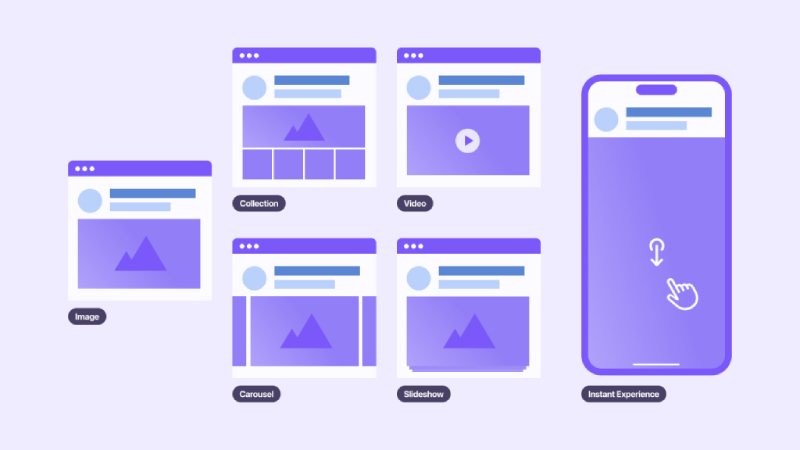
Define a specific target market
Instead of targeting everyone, identifying a specific target market will enhance your Facebook ad effectiveness, leading to higher click-through rates. By understanding these audiences, you can provide solutions to their real issues, significantly increasing the likelihood of clicks on your ads.
To define your potential customer base, consider factors such as:
- Age
- Income
- Gender
- Geographic location
- Interests
- Behavior
- Education level, etc.
Precise targeting ensures that ads reach the right potential customers, increasing the click-through rate.

Use A/B testing
Along with the above strategies, implementing A/B testing is essential for optimizing CTR. A/B testing allows you to compare two different versions of an ad to determine which performs better, enabling data-driven optimization.
During A/B testing, you can experiment with various elements such as headlines, images, CTAs, colors, or even target audiences. This not only helps identify the best-performing version but also provides valuable insights into customer behavior and preferences, enhancing the quality of your ad campaigns.
To conduct A/B testing, follow these steps:
- Access Facebook Ads Manager.
- Select the campaign you want to test.
- Set up the test:
Click “A/B Test” in the campaign toolbar.
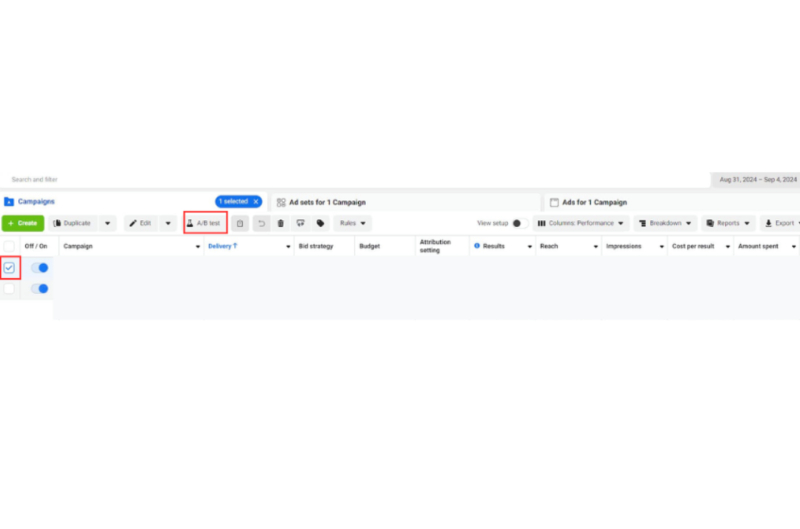
Click “Start” and then select “Create a copy of the ad” or “Choose another existing ad.”
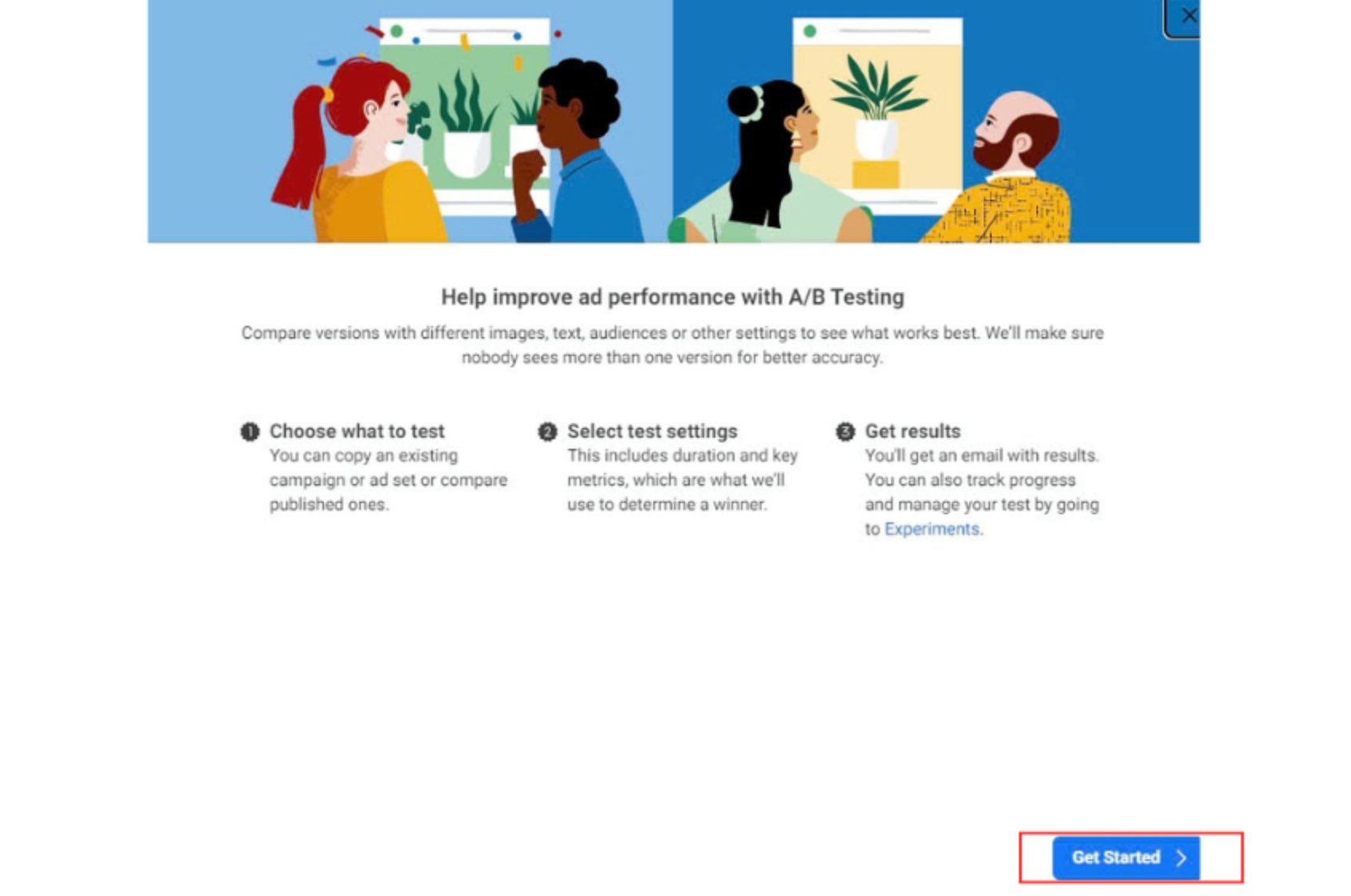
Choose the variables to test: Audience, Creative, Placements.
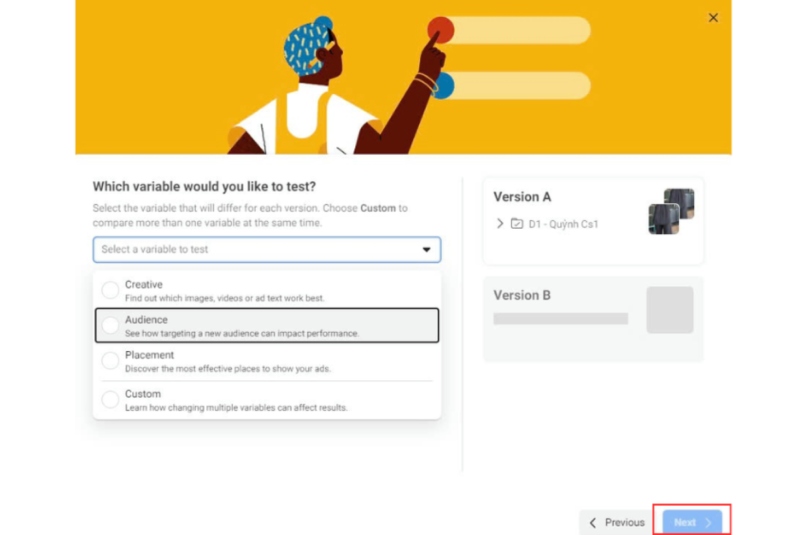
Name the campaign and set the testing criteria. Establish the test duration. Then, edit necessary elements and click “Publish” to finalize.
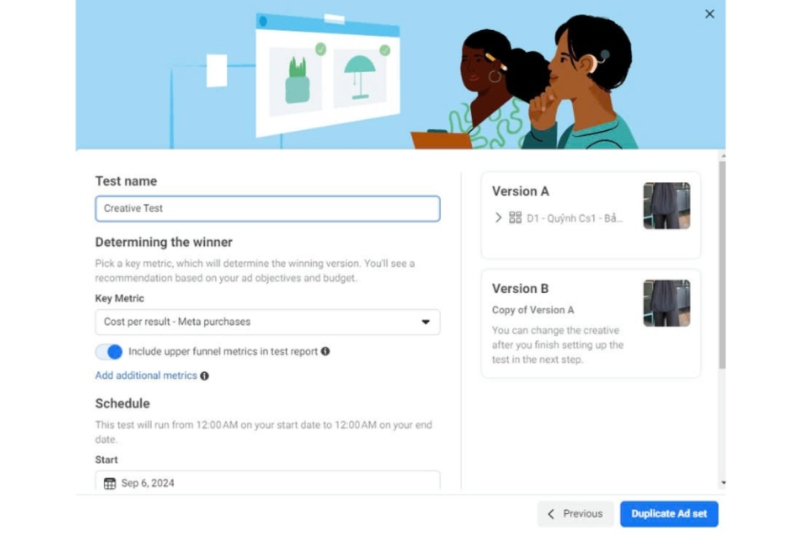
Optimal posting time and frequency
Posting ads during peak times increases the chances of appearing in users’ feeds, leading to higher click and interaction rates, thus boosting CTR.
Currently, there’s no single best time for all industries, as it depends on various factors like demographic specifics, time zones, and app usage behavior. To identify optimal posting times, analyze the performance of different time slots using Facebook Page Insights or competitor strategies.
In addition to time, the frequency of ad displays can also directly impact the CTR. If ads appear too many times, users may feel annoyed, bored, and overlook the ads. Conversely, if the distribution frequency is too low, there won’t be enough opportunities to reach viewers. So, what is the ideal ad frequency? According to the latest benchmark data from Databox, the average ad frequency on Facebook for B2B companies is 2.51, while for B2C companies, it is 2.43.
To optimize ad frequency, you can consider the following measures:
- Manually customize by reviewing and evaluating ad effectiveness when frequency increases to decide whether to maintain or stop the ad activity.
- Set up automated rules for the campaign to automatically turn off when it reaches a certain frequency level.
- Refresh the content.
- Adjust the target audience, excluding audiences that have interacted with posts or watched videos.
To optimize CTR, you should also consider the timing of posts and the frequency of ad distribution.
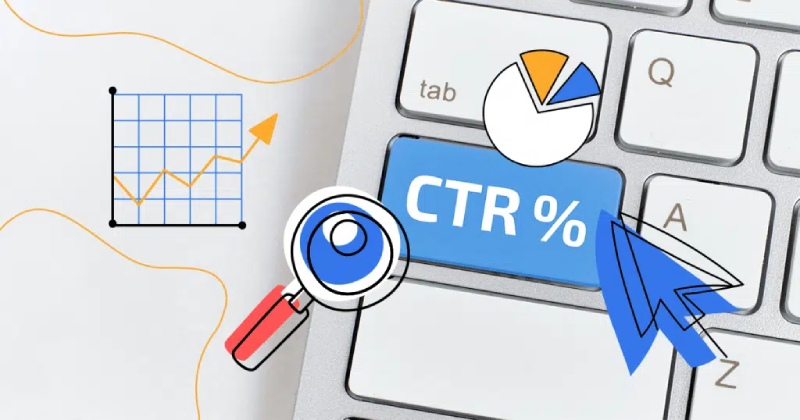
How to monitor your Facebook Ads CTR
Monitoring and managing CTR along with other metrics is an important task for assessing the effectiveness of Facebook Ads campaigns. A high CTR ensures that the marketing sample performs well in reaching and engaging customers, thereby optimizing the effectiveness of fund usage.
You should start tracking CTR as soon as you create the campaign. This will help you quickly identify issues and take timely corrective actions. Currently, you can view the click-through rate in Ads Manager through the following steps:
- Access Facebook Ads Manager.
- Click on “Ads.”
- Select the time frame you want to view the CTR.
- Click on “Performance and Clicks,” then choose “Columns.”
- Click the “+” icon in the far-right column.
- Select CTR to complete the process.
In the data comparison section on Facebook, you can compare metrics between fixed time intervals, such as yesterday – today or 7 days ago – 7 days later. This helps you clearly see the increasing or decreasing trend of CTR to understand how the campaign is performing.
If CTR shows a steady increase and CPC decreases correspondingly, this is a good sign that the content is being distributed effectively and reaching the right audience. On the other hand, if CTR is gradually declining while CPM and CPC do not decrease together, you should prepare to refresh the content and consider optimization measures or temporarily pause the campaign, as continuing to allocate budget to an ineffective campaign will lead to wasted costs.
In summary, CTR is an essential metric for evaluating the effectiveness of advertising in Facebook Ads campaigns. To answer the question, “what is a good CTR for Facebook ads,” it’s important to note that there is no universal ideal CTR across all industries. Therefore, to optimize click-through rates and improve advertising effectiveness, the best approach is to compare with industry averages and implement timely adjustment measures accordingly.
